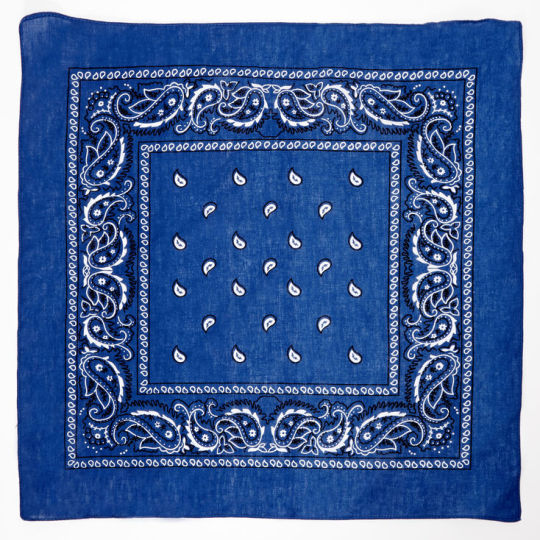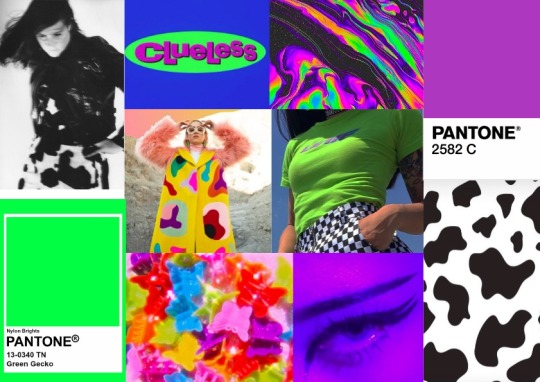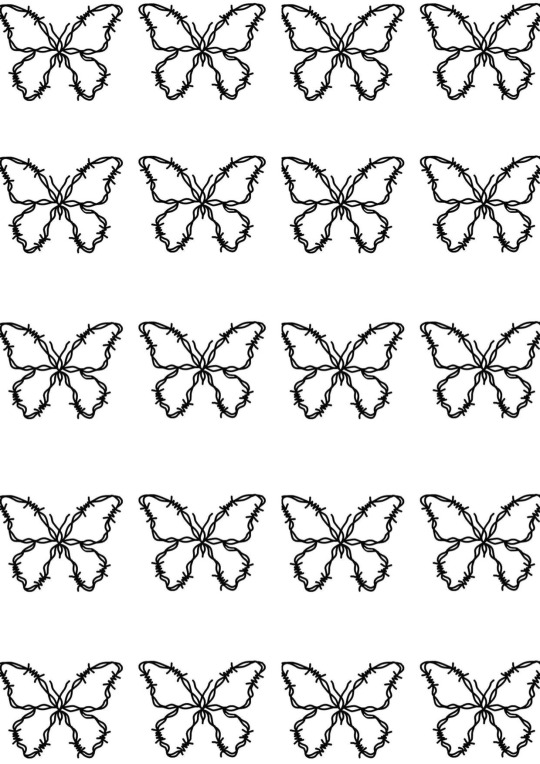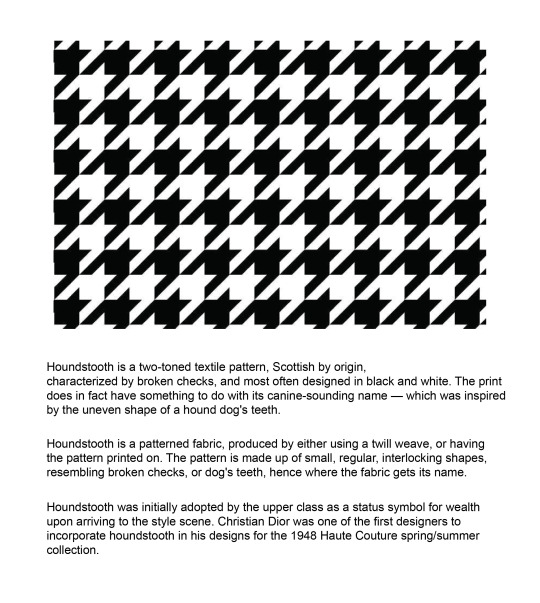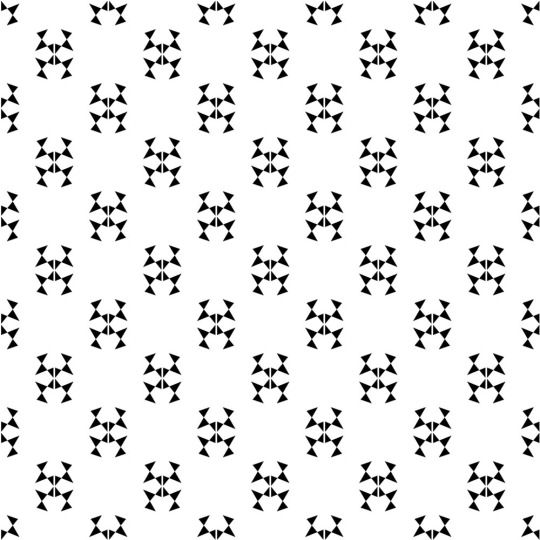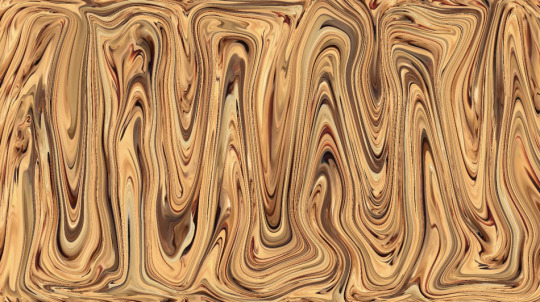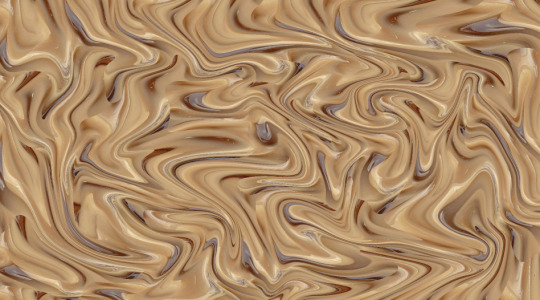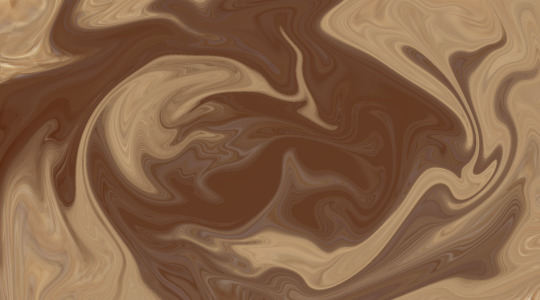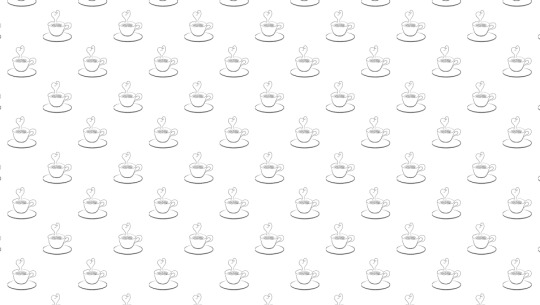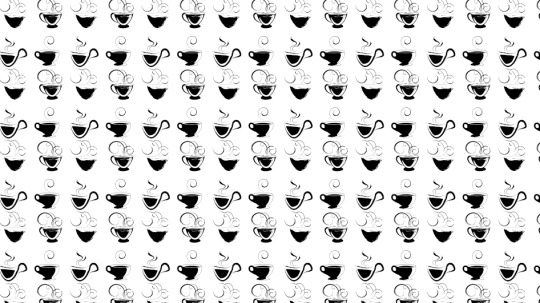Text
The arts and crafts movement
How it began.
•The arts and crafts movement was a reaction of a poor quality of design from the industrial revolution.•They believed that the growth of industry had destroyed traditional skills and removed the pride of the craftsman confined in his work.•It was one of the most influential periods in design history.•Its aim was to encourage the ordinary workers and underappreciated craftspeople•Arts and crafts had global appeal. You could say that the arts and craft movement never ended. Its morals ethics and political aims are still evident today, especially during the climate crisis.

William Morris
(1834 – 1896)
Morris had a great impact of the arts and craft movement. He was an artist a fabric designer, writer and a poet who greatly influenced the preservation of the environment from industrial pollution. In 1861 he founded his first company which produced a wide range of decorative objects for the home including furniture, fabrics, wallpaper and stained glass. In 1891 he opened a print shop called the Kelmscott press. They produced 53 books. Including an English translation of the Gunnlaugs saga Ormstrungar and Grettisögu with the help from EríkiMagnússyni who taught him Icelandic. Morris set out to prove that the high standards of the past could be repeated and even surpassed, the books were medieval in design. The high standard of the Kelmscott books inspired a revival from private presses and impacted both typography and graphic design.
William Morris and Company
Morris believed that the machine degraded both the creator and the consumer. He combined his artistic skills with strong political beliefs. A committed conservationist and socialist he dedicated his life to the idea that art should improve the lives of ordinary folks.
Arts and crafts designs were characterized by simplicity of form, function and decoration.


Charles Robert Ashbee
(1863 – 1942)
Ashbee was an English architect and designer who like William Morris was a prime mover of the arts and craft movement.
His practices included metalwork, textile design, furniture and jewelry. Which all had the modern style, British art nouveau style

The guild of handicraft
In 1888 he established the guild of handicraft, the guild’s work was characterized by plain surfaces of silver, flowing wire work and colouredstones in simple settings
Its intention was to give the working man the satisfaction of his workmanship. Many of the men were socialist working on the principles of John Ruskin and William Morris.
According to the Chipping Campden History Society, the movement "focused on handmade objects, reacting against the rapidly growing dominance of machinery which resulted in the loss of craft skills"
(Finn Arnar)
0 notes
Text
The Boteh pattern
The Boteh pattern comes from Persia and is common in countries like India, Azerbaijan and Turkey. The design is almond shaped or pine cone shaped motif in ornamentwith a sharp-curved upper end. In Asian ornament the boteh motifs are typically placed in orderly rows, though especially in India they may appear in a pattern in a variety of sizes, colours, and orientations, which is also characteristic of European paisley patterns.
During the Sassanid dynasty and Safavid dynasty period the pattern was used to decorate royal regalia, crowns, and court garments, as well as textiles used by the general population. Persian and Central Asian designs usually range the motifs in orderly rows, with a plain background.

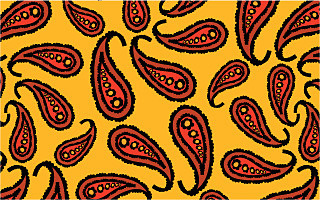

(Brynja Líf)
0 notes
Text
Mynstur
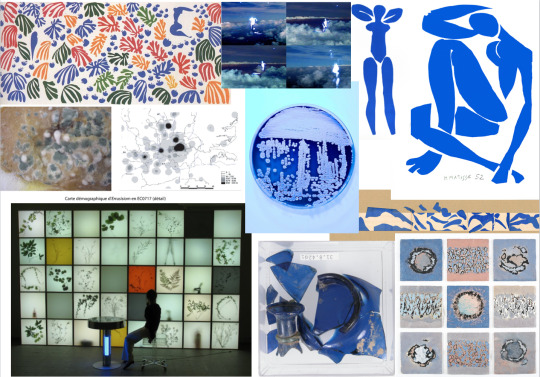
Moodboard fyrir mynstrin


mynstur 1


mynstur 2
mynstur 3
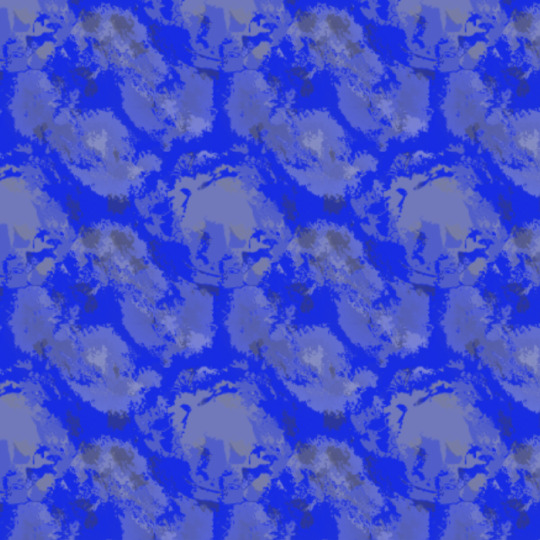
mynstur 4
- Guðný
0 notes
Text
About the “psychedelic look”

Psychedelic art (also known as psychedelia) is art, graphics or visual displays related to or inspired by psychedelic experiences and hallucinations known to follow the ingestion of psychedelic drugs such as LSD and psilocybin. The word "psychedelic" (coined by British psychologist Humphry Osmond) means "mind manifesting". By that definition, all artistic efforts to depict the inner world of the psyche may be considered "psychedelic". In common parlance "psychedelic art" refers above all to the art movement of the late 1960s counterculture, featuring highly distorted or surreal visuals, bright colors and full spectrums and animation (including cartoons) to evoke, convey, or enhance psychedelic experiences. Psychedelic visual arts were a counterpart to psychedelic rock music. Concert posters, album covers, liquid light shows, liquid light art, murals, comic books, underground newspapers and more reflected not only the kaleidoscopically swirling colour patterns of LSD hallucinations, but also revolutionary political, social and spiritual sentiments inspired by insights derived from these psychedelic states of consciousness.
1 note
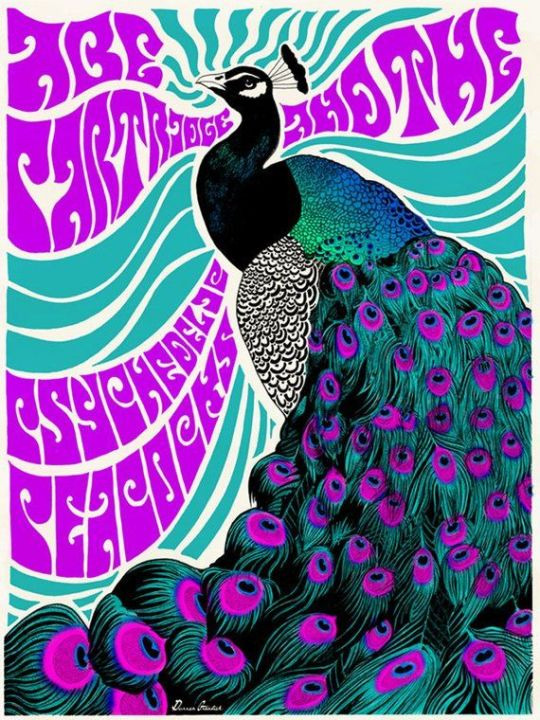
0 notes
Text
Commercialization of Psychedelic Art: From Subcultural Phenomenon to Commodities
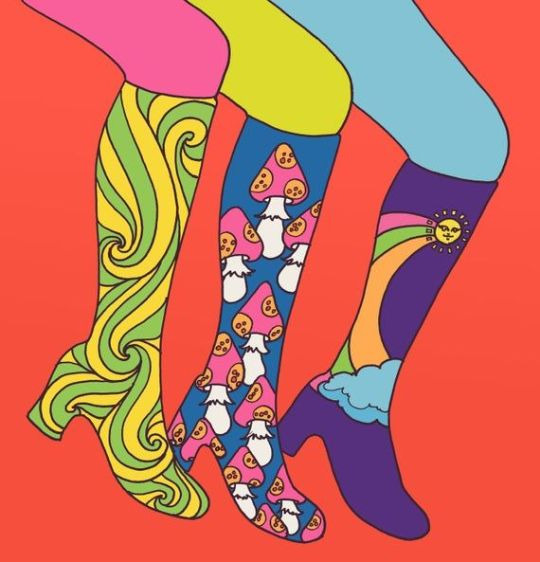
During the sixties, there were two major art movements dominant in America. One of them was self-referential abstraction, and the other was pop art. Born in the subcultural context psychedelic art was not apolitical like abstract expressionism, nor was it celebratory of the consumerist lifestyle like pop art was. At the time, psychedelic art was subversive and liberating just like the counterculture it emerged from. However, by the late sixties and at the beginning of the seventies things have changed and corporations started to recognize the commercial potential in the psychedelic aesthetics. The rebellious nature of the movement was abolished, once the world of psychedelic art was consumed and co-opted by the cultural industry. Ironically, psychedelic art with all of its features became part of the world it initially fought against. In the seventies, the recognizable imagery of psychedelia from contrasting colors and kaleidoscopic patterns to morphing objects and the surrealistic subject matter was used to sell a variety of products, stripping the psychedelic art out of its ideological properties and taming its revolutionary potential.
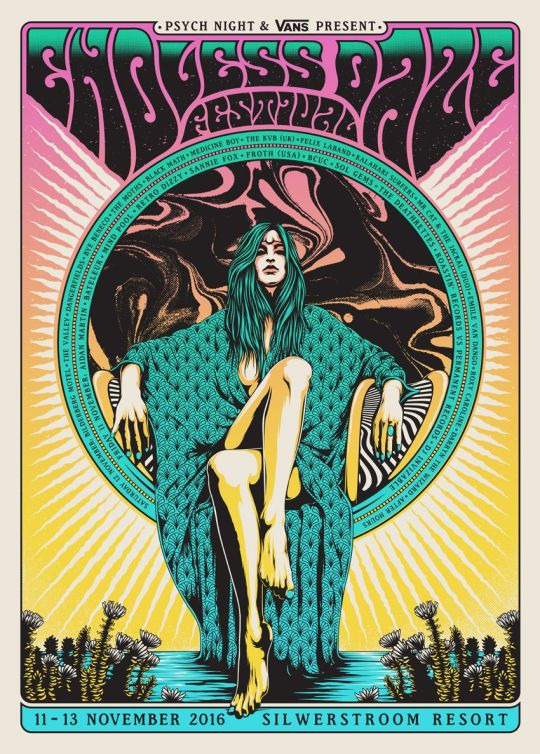



0 notes
Text
50′s / modernism

Mid- century Modernism is an American design movement in interior, product, graphic design, architecture, Which arose to popularity after the second World War.
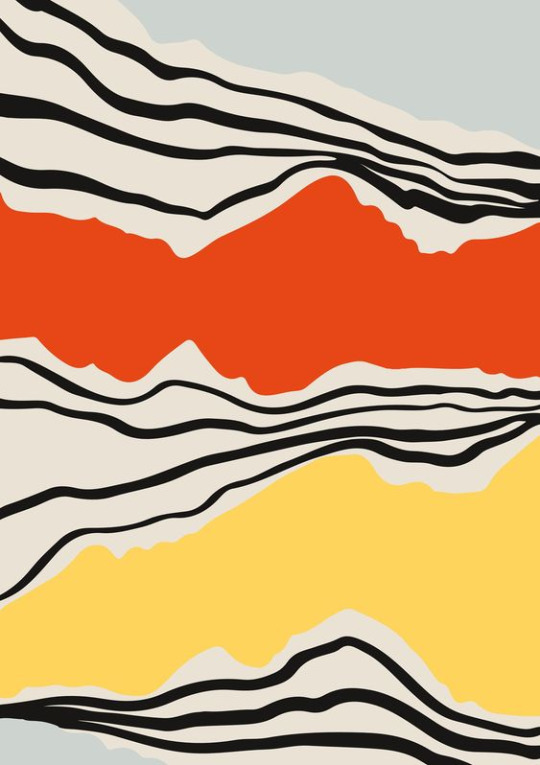
The mid-century modern movement in the U.S. was an American reflection of the International and Bauhaus movements, including the works of Gropius, Florence Knoll, Le Corbusier and Ludwig Mies van der Rohe. Although the American component was slightly more organic in form and less formal than the International Style, it is more firmly related to it than any other. Brazilian and Scandinavian architects were very influential at this time, with a style characterized by clean simplicity and integration with nature.

In Europe, the influence of Le Corbusier and the CIAM resulted in an architectural orthodoxy manifest across most parts of post-war Europe that was ultimately challenged by the radical agendas of the architectural wings of the avant-garde Situationist International, COBRA, as well as Archigram in London. A critical but sympathetic reappraisal of the internationalist oeuvre, inspired by Scandinavian Moderns such as Alvar Aalto, Sigurd Lewerentz and Arne Jacobsen, and the late work of Le Corbusier himself, was reinterpreted by groups such as Team X, including structuralist architects such as Aldo van Eyck, Ralph Erskine, Denys Lasdun, Jørn Utzon and the movement known in the United Kingdom as New Brutalism.

0 notes
Text
Psychedelic art

Psychedelic art (also known as psychedelia) is art, graphics or visual displays related to or inspired by psychedelic experiences and hallucinations known to follow the ingestion of psychedelic drugs such as LSD and psilocybin. The word "psychedelic" means "mind manifesting".
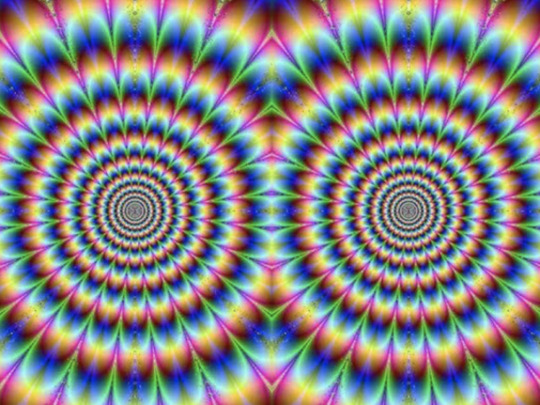
By that definition, all artistic efforts to depict the inner world of the psyche may be considered "psychedelic". In common parlance "psychedelic art" refers above all to the art movement of the late 1960s counterculture, featuring highly distorted or surreal visuals, bright colors and full spectrums and animation (including cartoons) to evoke, convey, or enhance psychedelic experiences.
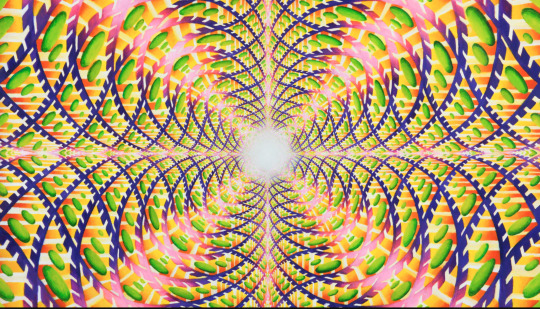
Psychedelic art is informed by the notion that altered states of consciousness produced by psychedelic drugs are a source of artistic inspiration. The psychedelic art movement is similar to the surrealist movement in that it prescribes a mechanism for obtaining inspiration. Whereas the mechanism for surrealism is the observance of dreams, a psychedelic artist turns to drug induced hallucinations.
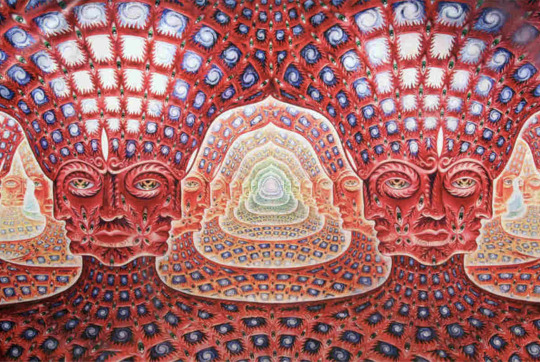
0 notes
Text
Suminagashi/Ebru

Suminagashi is an ancient art of marbling. It originates in Japan and has been practised as early as the 12th century. Swirled ink patterns were produced on paper when colors of ink were floated on the surface of the water. The Japanese called this type of marbling Suminagashi or „ink floating“. The lightness of the ink helped it stay afloat on the surface of the water, then by blowing it gently or by using small, split piece of bamboo, it would create a smoke like pattern which then paper would be dipped in and absorb the ink.

Above a suminagashi marble pattern, where black ink is dropped in the water. In between drops of a mixture of soap and water. The ink is then gently blown to get the smokey effect.
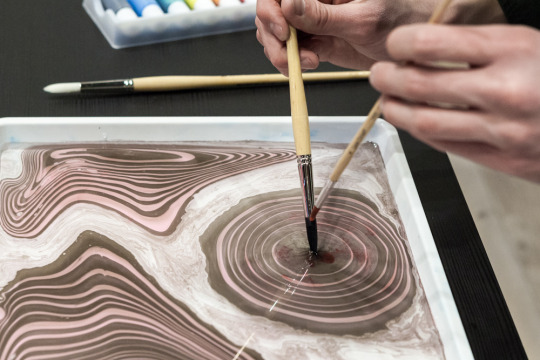

Paper laid flat on top of the pattern. This method has also been used by modern artists to marble fabrics/garments.

A gif above showing a modern twist to the marbling method.

Above is a traditional Ebru marbling method where most likely a big comb is used; starting from above and dragging it downwards, then from left to right.
During the 15th century, other types of marbling were developed in Turkey and Persia called Ebru. Instead of floating inks on the water, they used paints made of oil or gouache. These paints were heavier than the ink, so they added a thickening called size(carrageenan – a seaweed extract) to the water to keep the paints afloat. Then to swirl the paint, a feather, stylus or comb was use to create the patterns.

Above is a Ebru pattern where a stylus or any pointed object is used to create the patterns.
- Honey Grace
0 notes
Text
William Morris
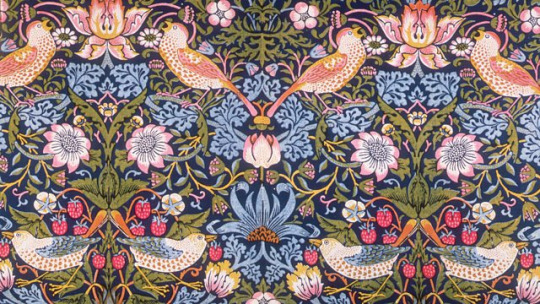
William Morris (1834-1896) was a British artist who worked on many different things including novels, building/designing his house, making furniture and being a socialist activist. He is however best known for his textile and wallpaper designs, Strawberry Thief pictured above being one of his best known patterns.
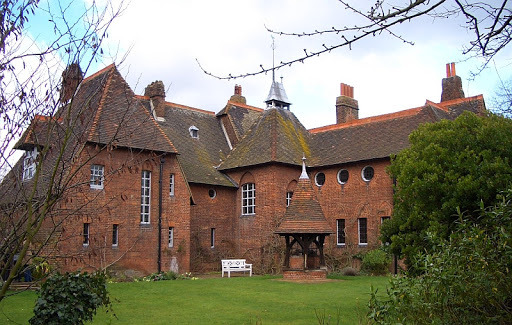
Morris’s house, Red House
William Morris was part of the Arts and Crafts movement of the late 1800′s which advocated against the growing industrialization of design and traditional craft. Because of industrialization the high level of craftmansship that had culmintated over many centuries was now threatened as people left these vocations for factory work.

Morris’s first textile designs were embroideries, often inspired by medieval arts and crafts, his designs were quite intricate, he stated that embroidery was only worth doing if its was very copious and rich, or very delicate, or both.

He went on to make furnishing textiles and later printed textiles and wallpapers.
He did not like using synthetic dyes so he went on to research natural dying methods used in the 16th century.
In his essay on textiles, Morris wrote: "The aim should be to combine clearness of form and firmness of structure with the mystery which comes of abundance and richness of detail...Do not introduce any lines or objects which cannot be explained by the structure of the pattern; it is just this logical sequence of form, this growth which looks as if, under the circumstances, it could not have been otherwise, which prevents he eye wearying of he repetition of the pattern.
His patterns were always inspired by the natural world, and he often took inspiration from his own garden. The arts and crafts style would later lend its way to Art Nouveau which also focused on natural lines and items that were not able to be mass-produced.
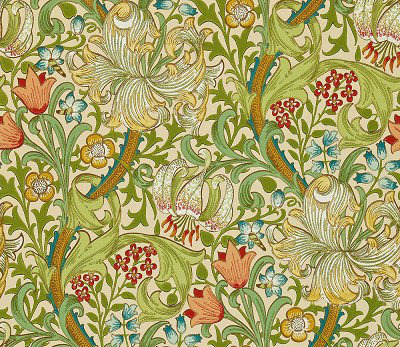
Fun fact: William Morris made toxic wallpaper, he used and manufactured arsenic based greens. He was a shareholder of the largest arsenic producer of his time. At the time arsenic was used for green dye and was very popular in wallpapers. Many people became ill or died because of arsenic poisoning which stemmed from wallpapers within homes. His producers however switched to an arsenic-free green in 1875.
0 notes





